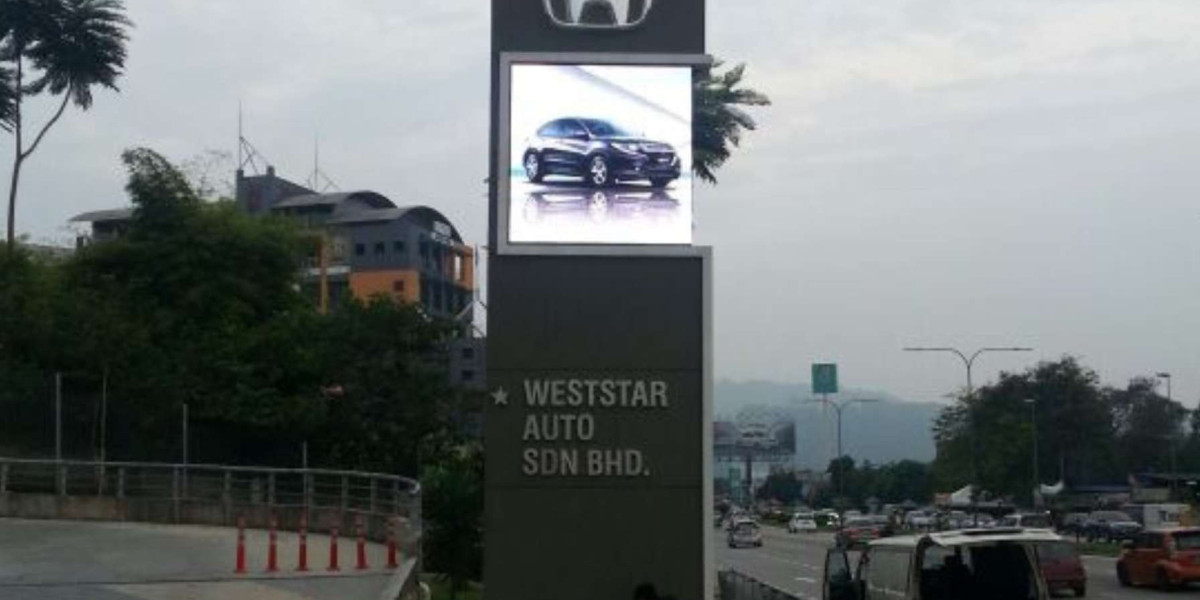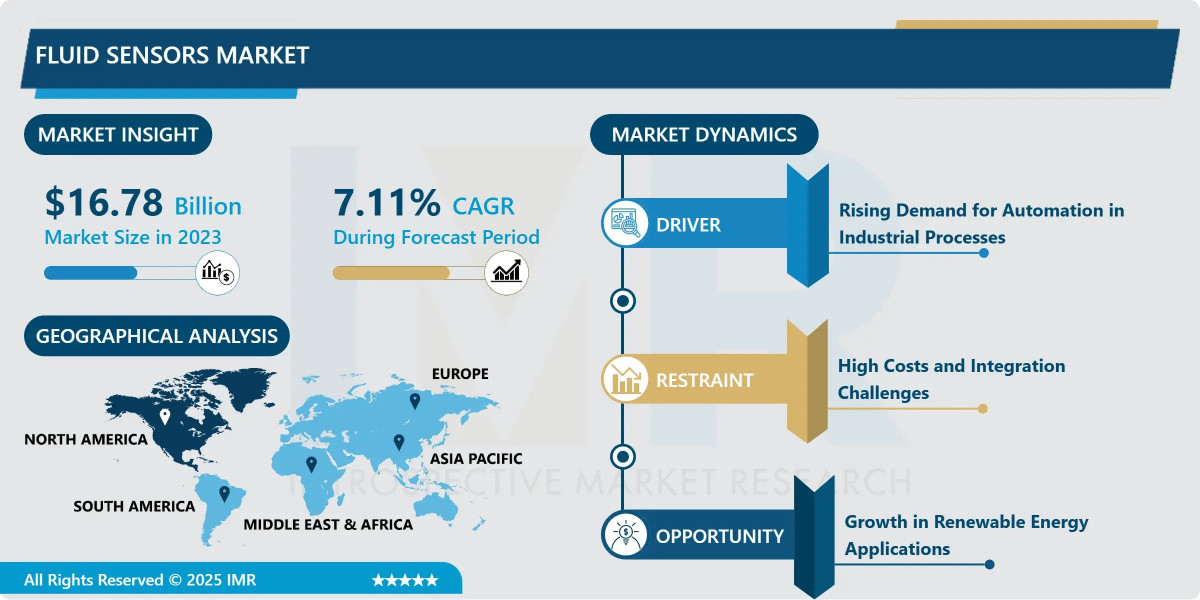An indoor LED screen is more than just a display tool; it is a long-term investment that can significantly enhance branding, communication, and customer engagement. Whether used in retail environments, corporate settings, or event venues, indoor LED screens offer sharp visuals, dynamic content, and unmatched flexibility. However, like any piece of advanced technology, these screens require regular maintenance and proper care to ensure they continue performing at their best.
Neglecting maintenance can lead to decreased image quality, shortened lifespan, or costly repairs. On the other hand, with consistent care, businesses can maximize the value of their investment, minimize downtime, and provide audiences with stunning, uninterrupted visual experiences. This article explores practical tips on cleaning, preventive care, and troubleshooting common issues related to indoor LED screens.
Importance of Proper Maintenance
Before diving into maintenance steps, it’s important to understand why care matters. An indoor LED screen consists of thousands—sometimes millions—of tiny light-emitting diodes that work together to produce vibrant displays. Dust, humidity, improper usage, or electrical issues can impact performance.
Longevity: Proper care extends the life of the screen, ensuring consistent ROI.
Visual quality: Regular cleaning and upkeep prevent dull colors, flickering, or dead pixels.
Safety: Well-maintained screens reduce risks of overheating or electrical hazards.
Cost savings: Preventive maintenance is always cheaper than emergency repairs or replacements.
In short, maintenance is not optional—it is essential for reliability, efficiency, and long-term usability.
Establishing a Cleaning Routine
Cleaning is one of the simplest yet most important tasks in screen maintenance. Indoor environments may seem dust-free compared to outdoors, but fine particles, fingerprints, and accidental smudges can still accumulate over time.
Best Practices for Cleaning:
Turn off the screen before cleaning: Always power down and unplug the unit to avoid electrical risks or accidental damage.
Use soft, dry cloths: A microfiber cloth is ideal for gently wiping the surface without scratching.
Avoid liquid cleaners: Directly spraying water or chemicals onto the screen can seep into the electronics and cause short circuits. If necessary, lightly dampen the cloth with a specialized screen-cleaning solution.
Clean regularly: Schedule light cleaning at least once a week and deep cleaning every few months, depending on usage frequency and environment.
What to Avoid:
Paper towels or rough fabrics that may scratch the surface.
Ammonia- or alcohol-based cleaners unless specifically designed for screens.
Excessive pressure, which may damage delicate LED modules.
Monitoring Temperature and Humidity
Environmental conditions play a crucial role in the health of indoor LED screens.
Optimal temperature range: Most screens operate best between 0°C to 40°C. Extreme heat can cause overheating, while extreme cold may affect brightness and performance.
Humidity control: Excessive moisture can corrode internal circuits. Ideally, keep humidity between 30–50%.
Ventilation: Ensure proper airflow around the screen to prevent hotspots. Never block vents or cooling fans.
Installing screens in climate-controlled environments ensures better performance and longevity.
Power Management
Power surges and unstable electricity are common culprits behind LED screen malfunctions. Proper power management safeguards both the screen and its control system.
Use surge protectors: These protect against voltage spikes that could damage circuits.
Turn off when not in use: If the screen isn’t being used for long hours, shut it down to save energy and reduce wear.
Scheduled rest periods: Avoid running the display continuously at maximum brightness; scheduled dimming or resting can extend lifespan.
Stable connections: Regularly inspect cables and connectors for fraying, loose ends, or exposure.
Preventive Inspections
Routine inspections help detect potential problems before they escalate.
Pixel check: Look for dead or flickering pixels that may indicate module issues.
Brightness and colour uniformity: Monitor for any dull or uneven patches.
Structural safety: Check mounting brackets, frames, and housing for wear and tear.
Control system health: Ensure processors, media players, and software are functioning properly.
A monthly inspection checklist can help businesses stay ahead of issues and maintain consistent screen quality.
Troubleshooting Common Issues
Despite best efforts, problems may still occur. Here are some common indoor LED screen issues and practical fixes:
a. Flickering or Flashing Screen
Cause: Loose cables, unstable power supply, or faulty control card.
Fix: Tighten connections, stabilize the power source, or replace defective components.
b. Dead Pixels
Cause: Defective LED modules.
Fix: Replace the affected module rather than the entire screen.
c. Colour Distortion
Cause: Calibration issues or faulty driver ICs.
Fix: Recalibrate using screen management software; replace faulty ICs if needed.
d. Overheating
Cause: Poor ventilation or continuous high-brightness usage.
Fix: Improve airflow, adjust brightness, and ensure cooling systems are working.
e. No Signal Displayed
Cause: Connection errors between the screen and control system.
Fix: Reconnect cables, restart the system, or check for software updates.
While minor issues can often be fixed in-house, it’s best to consult professionals for more complex technical problems.
Software and Firmware Updates
Many indoors LED screens come with integrated software for controlling display content, brightness, and calibration. Regular updates keep systems secure and optimized.
Check manufacturer’s site: Download the latest firmware or management software versions.
Backup settings: Always back up configurations before updating.
Automated monitoring: Some advanced systems provide remote diagnostics, alerting users to potential issues before they become visible.
Professional Servicing
Even with diligent in-house care, professional servicing is essential. Manufacturers or certified technicians can perform in-depth diagnostics and preventive maintenance.
Annual servicing: At least once a year, schedule a professional check-up.
Module replacement: Professionals can replace faulty modules efficiently without affecting the overall system.
Extended warranties: Many suppliers offer extended service packages that can cover repairs and parts.
This combination of DIY maintenance and professional servicing ensures comprehensive care.
Best Practices for Longevity
To maximize the life of your indoor led screen, follow these best practices:
Avoid running at maximum brightness continuously.
Use content with balanced brightness and colors to reduce strain on LEDs.
Keep the surrounding area dust-free and well-ventilated.
Train staff on proper handling and basic troubleshooting.
Document maintenance schedules and inspection results for accountability.
Conclusion
Indoor LED screens have become integral to modern business environments, offering vibrant visuals and powerful communication tools. However, their performance and longevity depend heavily on consistent care. By following proper cleaning protocols, managing environmental conditions, maintaining stable power supplies, and troubleshooting issues promptly, businesses can ensure their indoor led screen continues to deliver exceptional performance.
Combining routine in-house maintenance with periodic professional servicing is the key to extending lifespan, preventing costly repairs, and keeping audiences engaged with stunning, reliable displays. Ultimately, good maintenance practices not only protect your investment but also reinforce the professionalism and quality your brand projects to customers.








